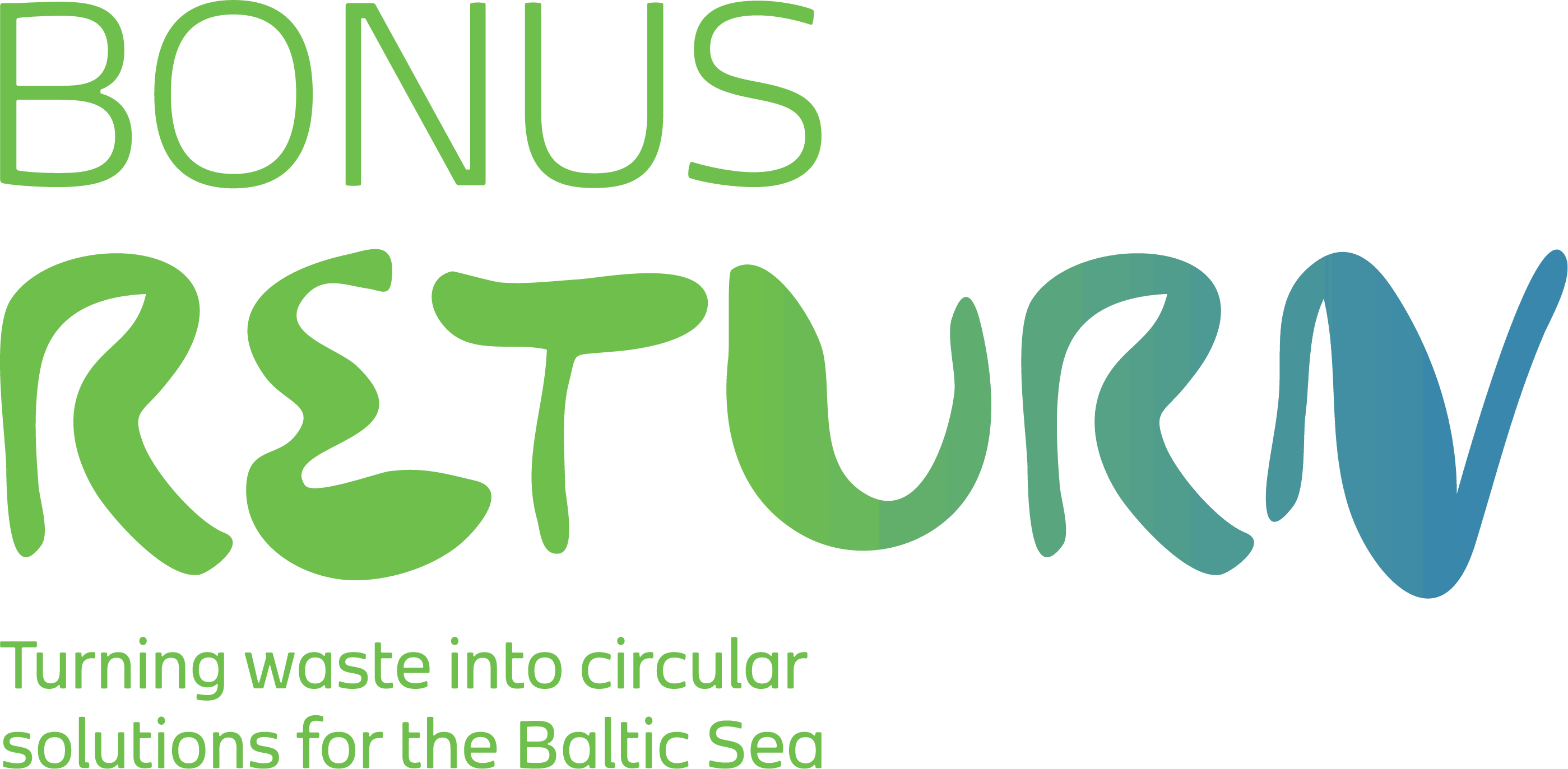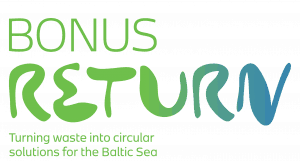The environmental destruction of the Baltic Sea continues to be a problem affecting 60 million people. There is a need to enable commercialisation and implementation of fair technologies that will contribute to win-win solutions for Sweden and the entire Baltic Sea region.
According to the Global Innovation Index, Sweden is ranked as the second most innovative country in the world. International studies indicate that sales in environmental technology will increase by several thousand billion SEK in the next few years.
Sweden is high on the list of innovations in environmental technology, but there is still a large gap between innovation and commercialization. Lack of governance, leadership and strategic vision have been noted as weaknesses hindering the commercialisation of eco-technologies. What is required for environmental technology to better create job opportunities, economic growth and at the same time help to reduce environmental impact?
In connection with the launch of the BONUS RETURN project, Stockholm Environment Institute organised a seminar during Almedalen week which brought together policy makers in water, entrepreneurship and sustainability sectors. The aim was to discuss concrete actions to bridge the gap between innovation and commercialisation in the Baltic Sea Region, and the key question was, how can Sweden pursue a more strategic policy combining environmental goals and innovation policies, with economic and labor market policies?
Five key aspects to be considered in bridging the gap between innovation and commercialisation are:
- Innovation in governance and management.
- Technology development needs to go hand in hand with policy tools that can enable implementation and uptake.
- Technical innovation fostering the circular economy where technique does not only contribute to improving our environment, but also contributes to job creation.
- Risk funds: To foster technological uptake, it is necessary to allocate financial funds to carry out pilot studies and test-beds, as today, actors are not willing to take risks and instead go for options that have already been tested, applied, or procured. These might not always be the most innovative and effective.
- Financial systems and market reach: reduction of nutrients and phosphorus can create jobs through service provision, but their “reuse” has greater potential if we can create markets for them.
- Build an evidence base that can contributes to knowledge. A key issue here is to connect research and monitoring (of existing interventions) to improve understanding of what works where. For this we need indicators and benchmarks to measure success.
The Swedish Agency for Economic and Regional Growth (Tillväxverket) will release “green funds” this autumn that will facilitate commercialisation of innovations. At the same time, it is crucial to maintain the link to research so as to diminish economic risks associated with new techniques before entering the commercialisation phase.” – Johann Giorgi
Innovative environmental technologies
Testing and commercialising eco-technologies should not only be led by researchers, but also linked and led by the end-users. There is a need for larger and smarter investments as well as profitable, sustainable innovations that thrive after projects are complete.
There are currently many ideas and existing innovations which unfortunately lack viable business models and public procurement vital to facilitating technology uptake and implementation in municipalities. At the same time, there needs to be an increase in capacity within municipalities to ensure a great understanding of the problem, required actions and solutions, as well as potential financial mechanisms for implementation. There is also a need for further investigation and tests of various policy instruments and mechanisms that can enable technology uptake.
“Crises can foster innovation. In the forestry sector for instance, decreasing production and use of paper triggered an economic and job crisis that forced the sector to shift into new innovative production systems. This kind of thinking can be applied to solve the Baltic Sea problem.” – Torgny Persson
It is important therefore that the public sector defines a framework for action and sets a good example. The Swedish Environmental Objectives we have today do not sufficiently address “reuse”, according to Maria Osbeck, research fellow at Stockholm Environment Institute; but
“Clearer goals towards reuse of nutrients and phosphorus can facilitate the shift towards a circular economy”, says Ecoloop’s Mats Johansson.
BONUS RETURN – EU funded project focusing on reducing emissions in the Baltic Sea by turning nutrients and carbon into benefits.
BONUS RETURN aims to contribute towards the transition of a circular economy in the Baltic Sea Region by bridging the gap between science, policy, and implementation. Together with researchers, municipalities, investors, entrepreneurs and civil society, BONUS RETURN will:
- Build an evidence base on eco-technologies for reuse that exist today and the economic and policy frameworks adopted to enable their implementation, to enhance understanding of what works where and under which conditions.
- Test existing eco-technologies and upcoming innovations in 3 test beds in Finland, Sweden, and Poland.Assess eco-technologies’ sustainability and effectiveness.
- Facilitate commercialization of eco-technologies by designing business plans for implementation.
- Provide an enabling environment for learning and exchange across sectors.:
Almedalen 2017
Johan Kuylenstierna, CEO at SEI, moderated the panel comprised of: Jakob Granit, Director General at Sea and Water Authority; Mats Johansson, Strategic Services & Sustainable Development and partner at Ecoloop; Johanna Giorgi, Specialist in Sustainable Entrepreneurship and Circular Economics at the Swedish Agency for Growth; Torgny Persson, Research and Innovation Director at the Forest Industries; and Erik Kärrman, Chief of Urban Water at Research Institutes of Sweden.

